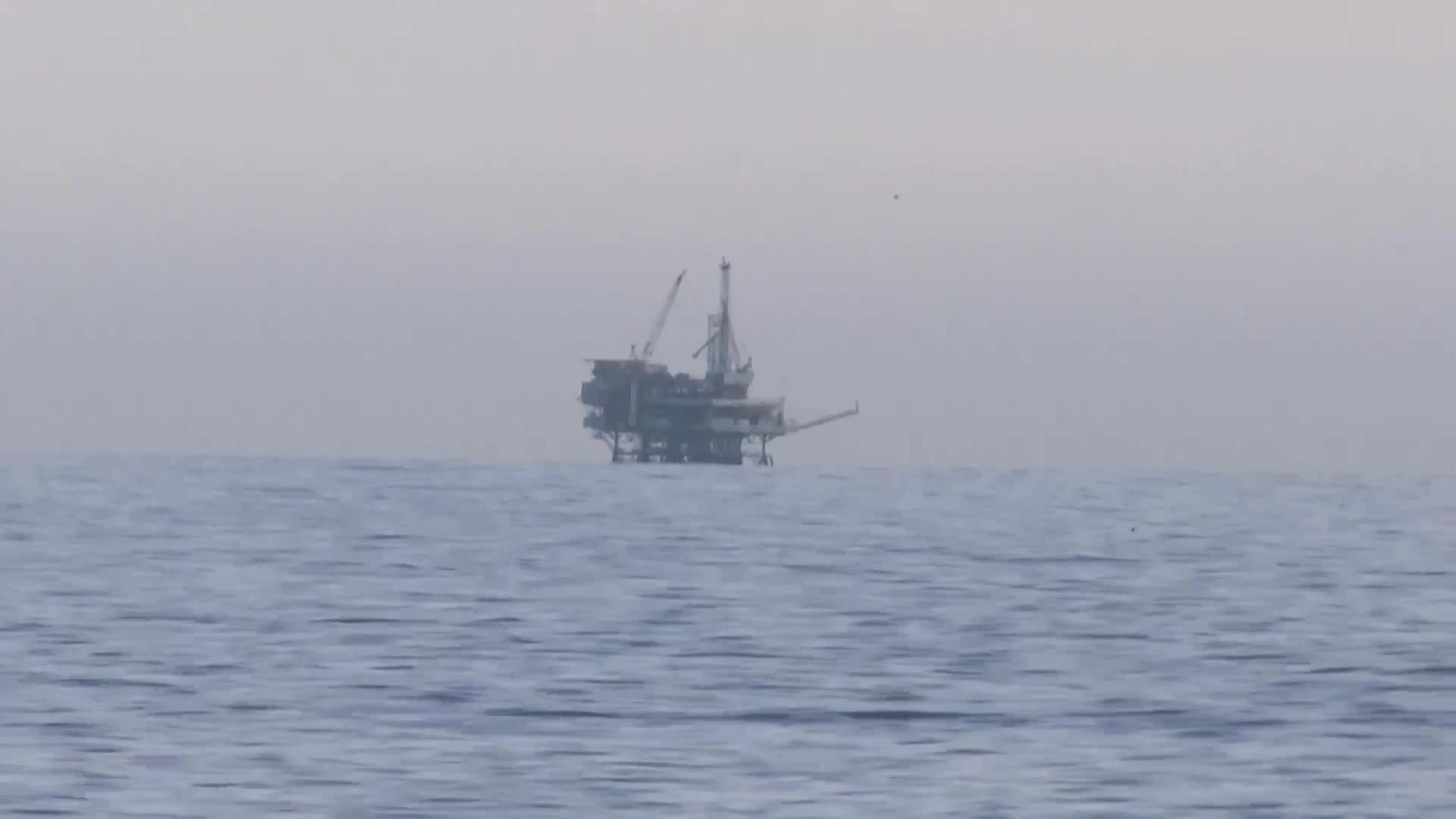On Friday, in a major win for environmental advocates, a federal court granted the Environmental Defense Center the right to join Santa Barbara County in a legal battle against oil giant ExxonMobil and Sable Offshore Corp.
Linda Krop, Chief Counsel for the Environmental Defense Center, says the ruling gives the people a voice alongside the county.
"The reason we and our clients wanted to be part of this lawsuit is that it's all about protecting the environment," she said.
The lawsuit, filed in May by Sable Offshore Corp. and ExxonMobil, challenges the county's decision not to transfer permits from Exxon to Sable.
The transfer was initially approved by the Santa Barbara County Planning Commission but was met with major pushback from environmentalists.
"The underlying purpose of this ordinance is to make sure that these major oil companies don’t just sell off their assets when they’re not producing as much money. You can end up with someone who can't operate it safely, leading to accidents and oil spills," Krop said.
Both Exxon and Sable opposed the court's ruling. In a statement, Sable's Vice President Steve Rusch said, “The Santa Barbara County Planning Commission approved the change of owner, operator and guarantor last fall, and the efforts to overturn that ruling failed at the Santa Barbara County Board of Supervisors earlier this year. The law is clear. The Planning Commission approved the permit transfer and its decision stands. Because the permits have yet to be transferred, Sable has asked a court to intervene and transfer the permits without delay.”
If the permit is transferred, Sable could restart the pipeline responsible for the 2015 Refugio oil spill, once again bringing oil from offshore platforms to onshore facilities.
Recent actions by Sable to repair that pipeline have raised alarms among environmentalists, and despite numerous cease-and-desist orders from the California Coastal Commission, Sable has continued work.
Congressman Salud Carbajal expressed his support for the court's decision, stating, “This is a deeply concerning development for Central Coast residents, many of whom vividly remember the devastating impacts of the 1969 Santa Barbara and 2015 Refugio oil spills, from oil-slicked beaches to the piles of dead marine wildlife,” Rep. Carbajal said. “Time and time again, our community has experienced the acute dangers that come with Big Oil’s reckless extraction practices, which jeopardize our coastal ecosystems, public health, and outdoor recreation economy. And let’s be clear: if energy independence were truly the goal, the current Administration would be investing in cleaner—and often more affordable—energy sources like solar and wind, not gutting their federal support. Restarting these rigs only enriches Big Oil while sacrificing the Central Coast’s environmental and public health. I will continue working with state and local partners to fight back against efforts to expand offshore oil drilling on the Central Coast.”
The first hearing is set for late September, with the outcome potentially influencing future oil and gas operations on the Central Coast.
Meanwhile, Sable has already restarted production at one of the three offshore platforms it bought from ExxonMobil. In a statement, the U-S Department of Interior called it “a significant achievement,” aligning with the Trump Administration’s Energy Dominance initiative, which aims to increase domestic oil production.
"President Trump made it clear that American energy should come from American resources," Kenneth Stevens, Principal Deputy Director of the Bureau of Safety and Environmental Enforcement, said in a press release. "Thanks to his leadership and [Interior] Secretary [Doug] Burgum's commitment, we've turned a decade-long shutdown into a comeback story for Pacific production. In just months, BSEE helped bring oil back online safely and efficiently—right in our own backyard. That's what Energy Dominance looks like: results, not delays."
According to the Interior Department, all three platforms are expected to be online by the end of this year.




